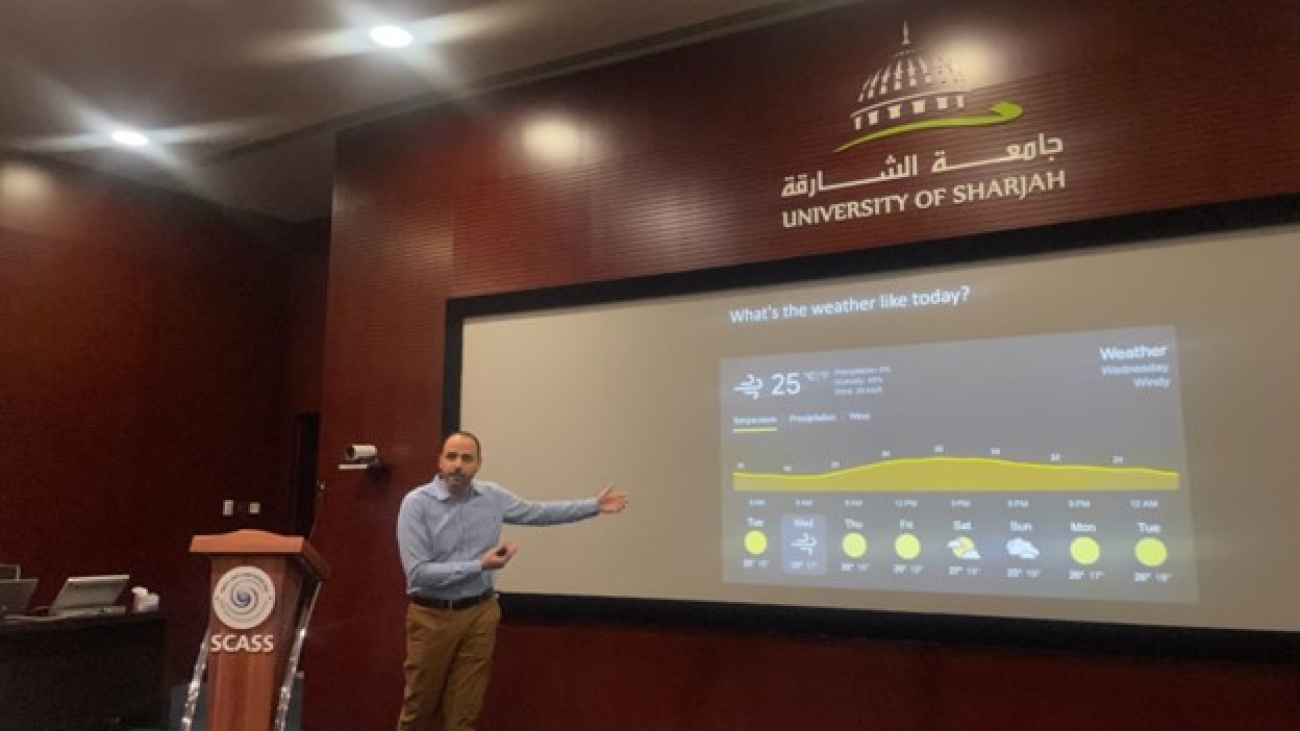Mr. Mohammad Rihan, a Research Analyst at the SAASST Radio Astronomy Lab, gave the lecture. Mr Rihan discussed Earth's atmospheric air masses and provided insights into the different types of air fronts and cyclones, emphasizing their role in shaping climatic conditions.
Air masses play a crucial role in shaping climatic conditions as they are large bodies of air with uniform temperature and humidity characteristics. There are four main types of air masses: continental polar (cP), continental tropical (cT), maritime polar (mP), and maritime tropical (mT). When these air masses meet, they often form air fronts, boundaries where different air masses collide. The most common types of fronts include cold, warm, stationary, and occluded fronts. Cold fronts occur when a cold air mass displaces a warm air mass, leading to the rapid lifting of warm air and the potential for thunderstorms. On the other hand, warm fronts occur when a warm air mass displaces a cold air mass, resulting in more gradual lifting and often causing prolonged periods of precipitation. Stationary fronts represent a standoff between two air masses, and occluded fronts occur when a cold front overtakes a warm front.
Cyclones, both extratropical and tropical, are dynamic systems that play a crucial role in redistributing heat and moisture around the globe. They are associated with low-pressure systems and can significantly change weather patterns, influencing temperature, precipitation, and wind conditions. Overall, the interaction between air masses, fronts, and cyclones is fundamental in shaping Earth's climate's complex and dynamic nature.



